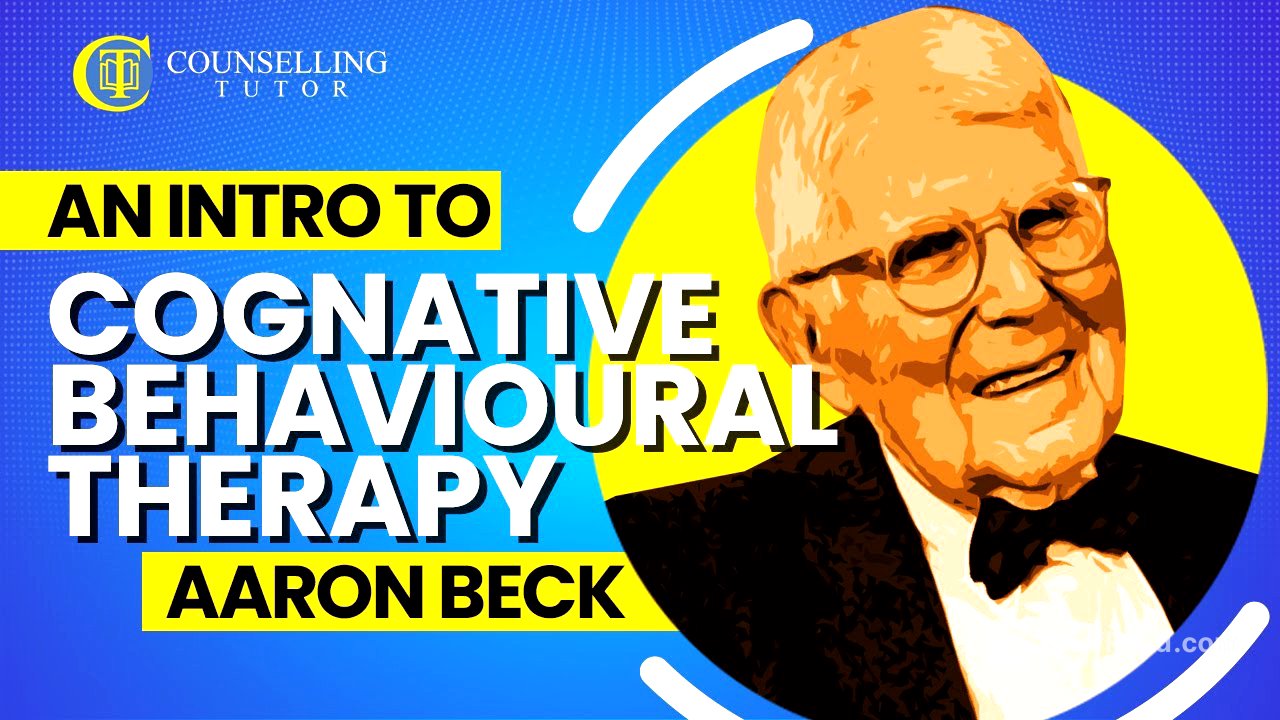TLDR;
This video provides an introduction to Cognitive Behavioral Therapy (CBT), highlighting its origins with Aaron Beck and its connection to Albert Ellis's Rational Emotive Behavioral Therapy (REBT). It explains the core principle of CBT, which is how our thoughts influence our feelings and behaviors, and how these, in turn, affect our lives. The video uses the ABC model (Action, Belief, Consequence) to illustrate how unhelpful thought processes can lead to negative outcomes, while helpful thought processes can lead to positive outcomes. It also details various methods used in CBT, such as disputing irrational beliefs, cognitive homework, changing language, using humor, rationally emotive imagery, role-playing, shame attacking exercises, using motivation, desensitization, skills training, and assertiveness training.
- CBT's foundation in the work of Aaron Beck and Albert Ellis.
- The ABC model: Action, Belief, Consequence.
- Techniques for changing dysfunctional thinking and behavior.
Introduction to CBT and Its Origins [0:01]
The video introduces Cognitive Behavioral Therapy (CBT), pioneered by Aaron Beck, and acknowledges the influence of Albert Ellis's Rational Emotive Behavioral Therapy (REBT). CBT operates on the principle that our thoughts influence our feelings, which in turn affect our behavior and ultimately shape our lives. This concept is illustrated with the example of a phobia, demonstrating how fear can limit one's life and how therapy can help manage anxiety and depression.
The ABC Model in CBT [1:49]
CBT draws on the REBT view of psychological disturbance, utilizing the ABC model: Action, Belief, and Consequence. An activating event leads to a belief, which then results in a consequence. The video presents a scenario where someone is ignored by a friend, leading to either unhelpful thoughts (e.g., "She doesn't like me") or helpful thoughts (e.g., "She looks preoccupied"). These different thought processes result in different emotional feelings, physical reactions, and actions, highlighting the impact of thoughts on outcomes.
Methods Used in CBT [4:30]
The video outlines various methods used in CBT to challenge and change irrational beliefs and behaviors. These methods include disputing irrational beliefs by researching the likelihood of feared events, cognitive homework involving gradual exposure to feared situations, changing language to shift from "cannot do" to "can do" with a plan, using humor to diminish fear, rationally emotive imagery to mentally rehearse coping strategies, role-playing to practice new behaviors, and shame attacking exercises to reduce shame associated with irrational fears. Additional techniques include using motivation by weighing the benefits of changing behavior, desensitization through repeated exposure, skills training to learn new coping mechanisms, and assertiveness training to promote healthy communication.
Back's Cognitive Therapy in Detail [10:12]
The video provides a detailed look into Beck's cognitive therapy, also known as Insight Focus therapy, which emphasizes changing negative thoughts and maladaptive beliefs into more positive, reality-based thoughts. It respects clients' beliefs and helps them discover the meanings behind their thoughts, rather than having the therapist interpret them. The steps to changing dysfunctional living include acknowledging responsibility for emotional problems, accepting the ability to change disturbances, recognizing that emotional problems stem from irrational beliefs, and believing in the value of disputing self-defeating beliefs.
Irrational Ideas and the Role of Practice [13:52]
The video discusses irrational ideas that lead to self-defeating behavior, such as the belief that one must have love or approval from everyone, perform tasks perfectly, or always get what one wants. The therapist's role is to challenge and dispute irrational thinking, encouraging the client to practice new thought processes and check thinking against evidence. The importance of practice is emphasized, with the analogy of learning to drive a car to illustrate how repeated practice leads to subconscious competence.
